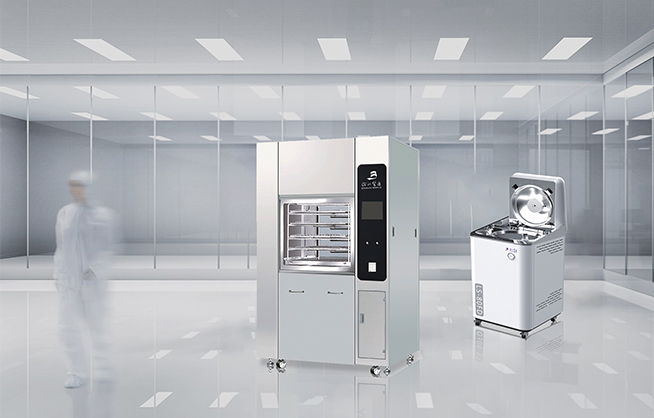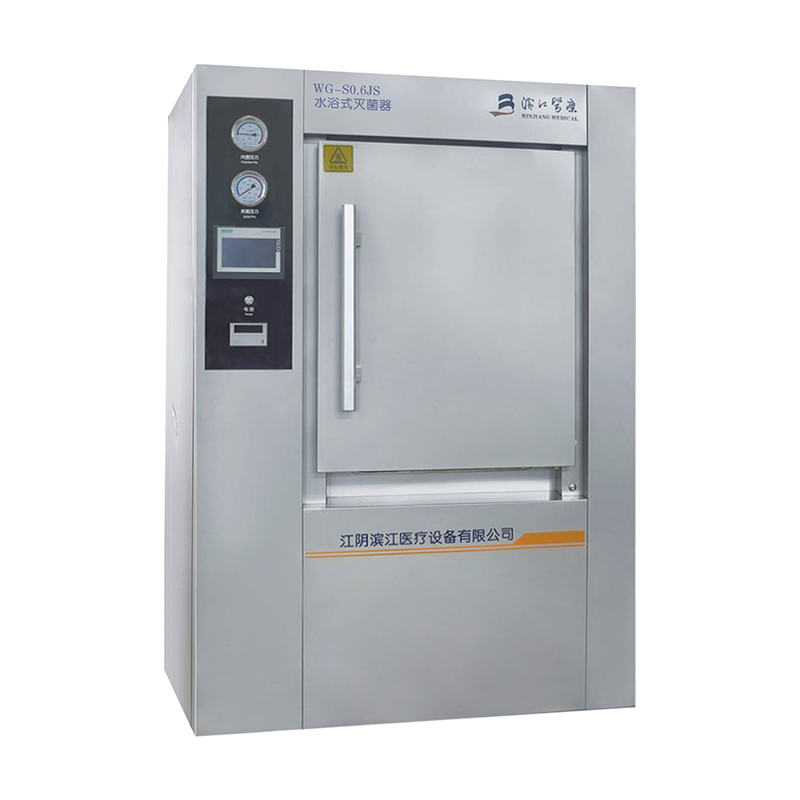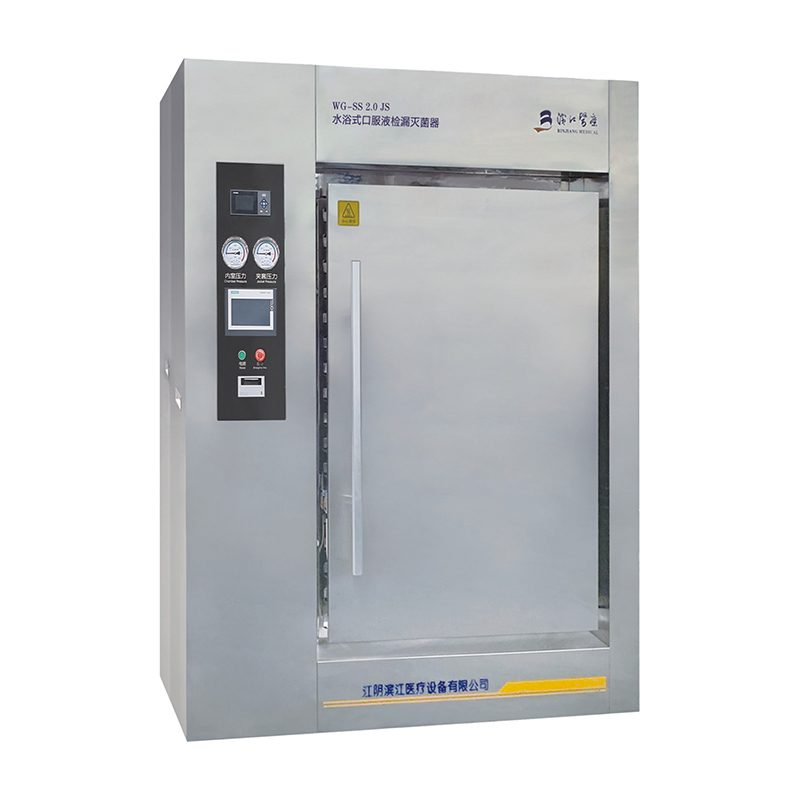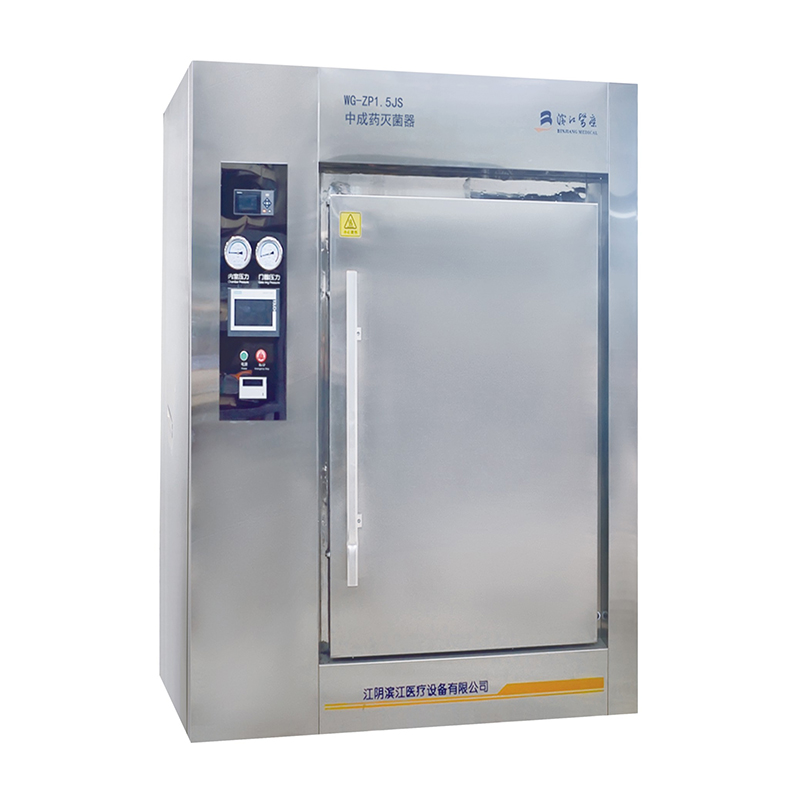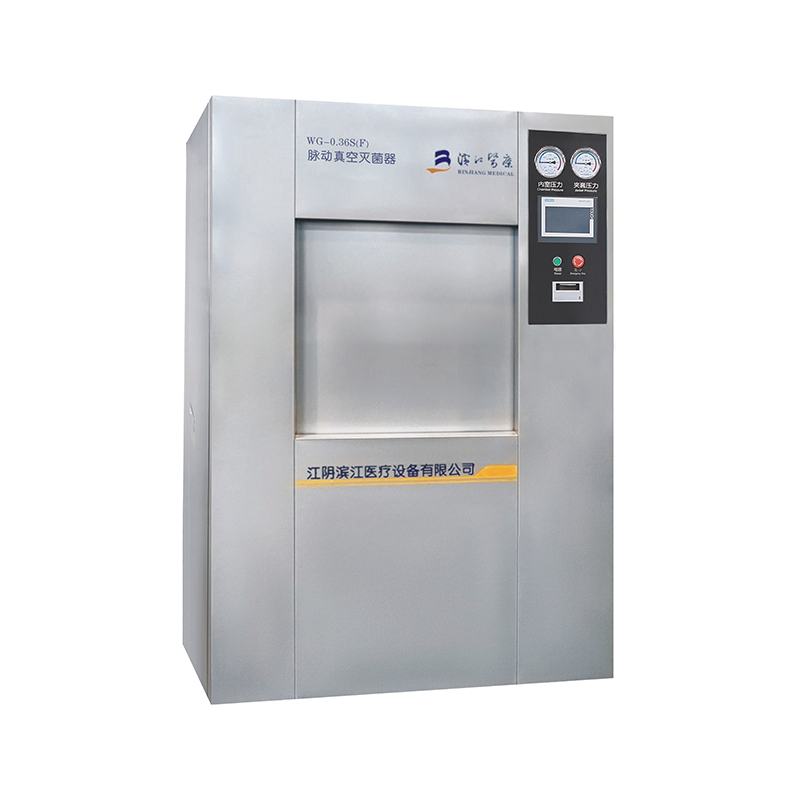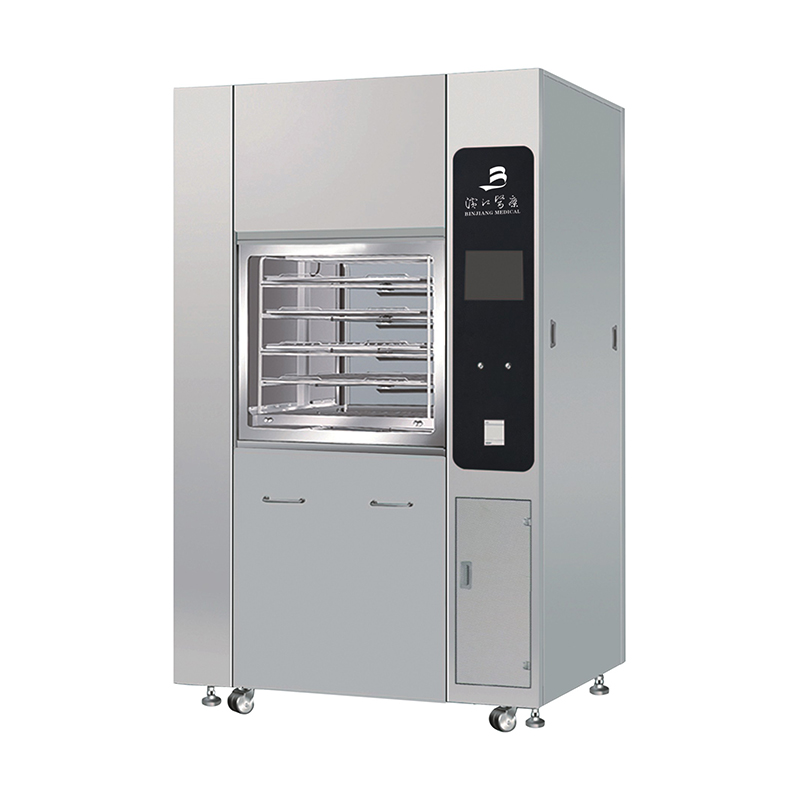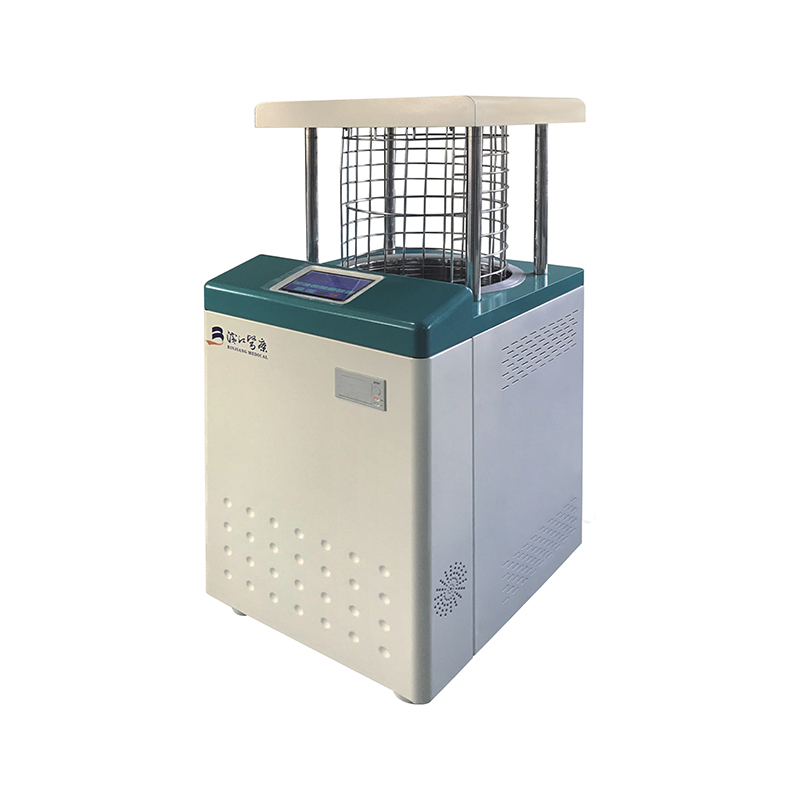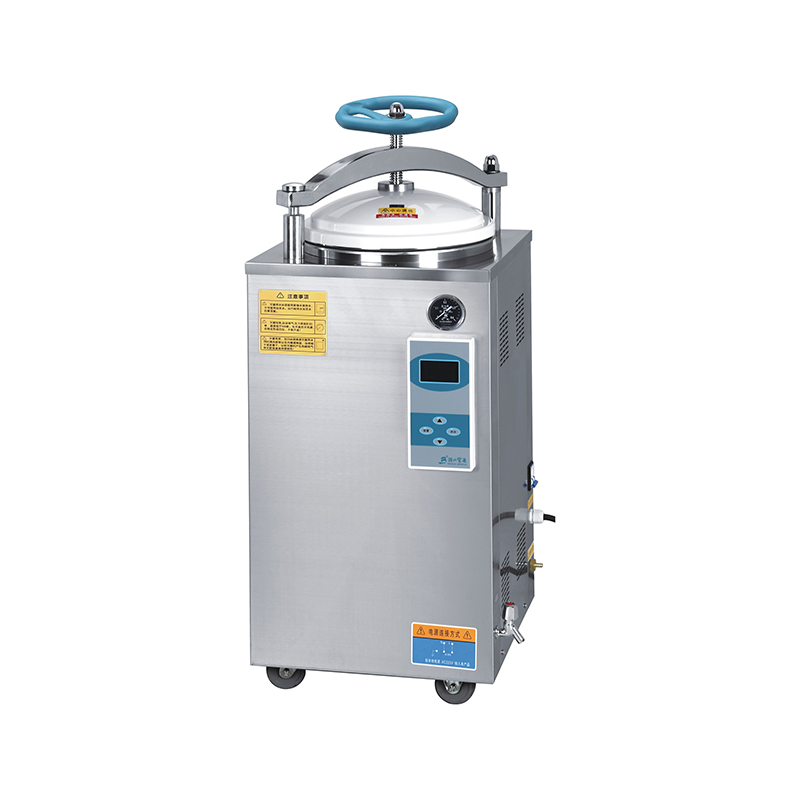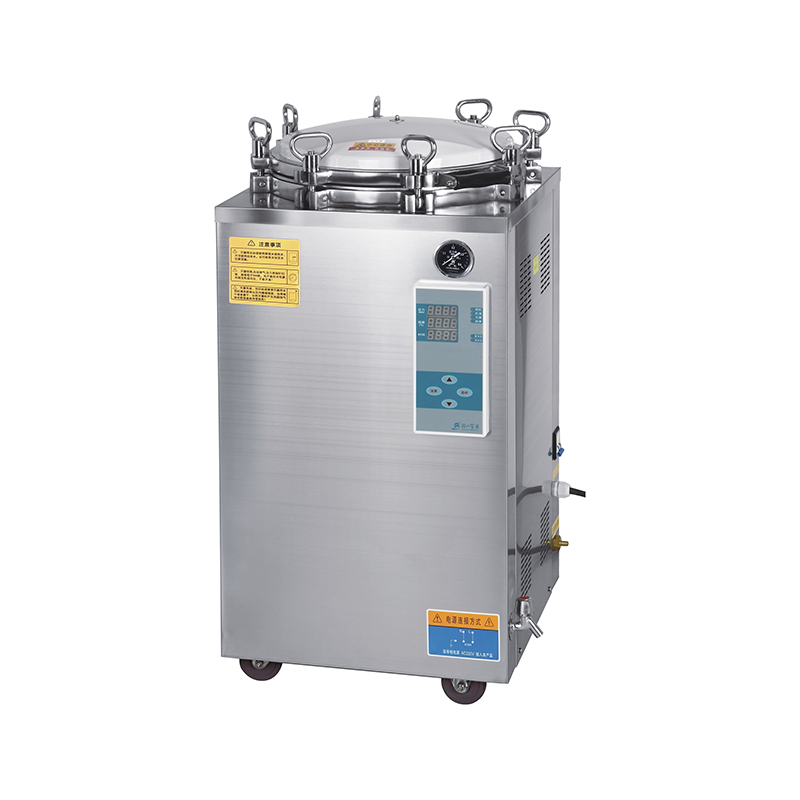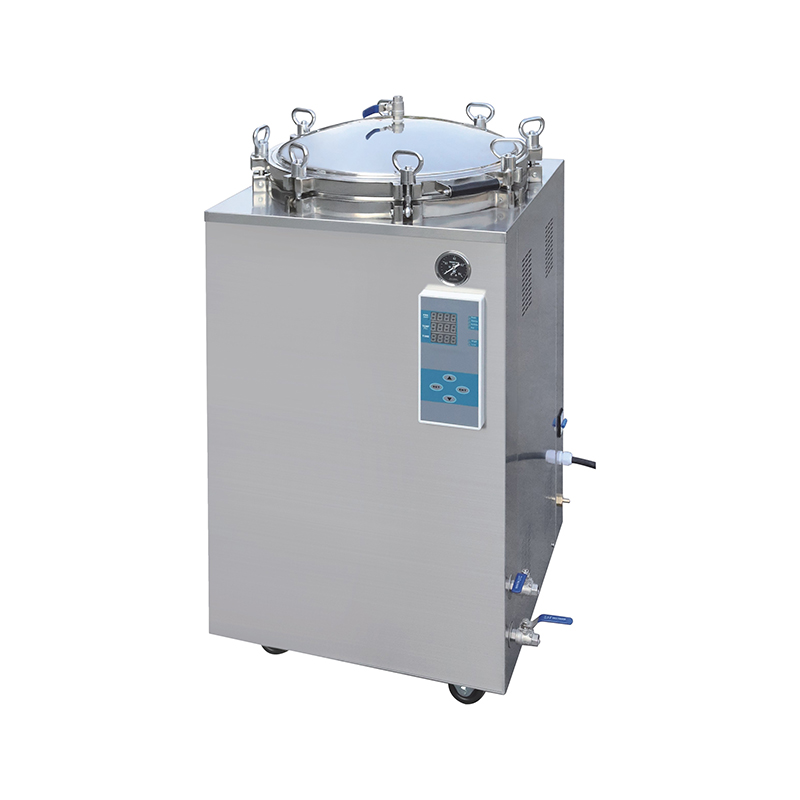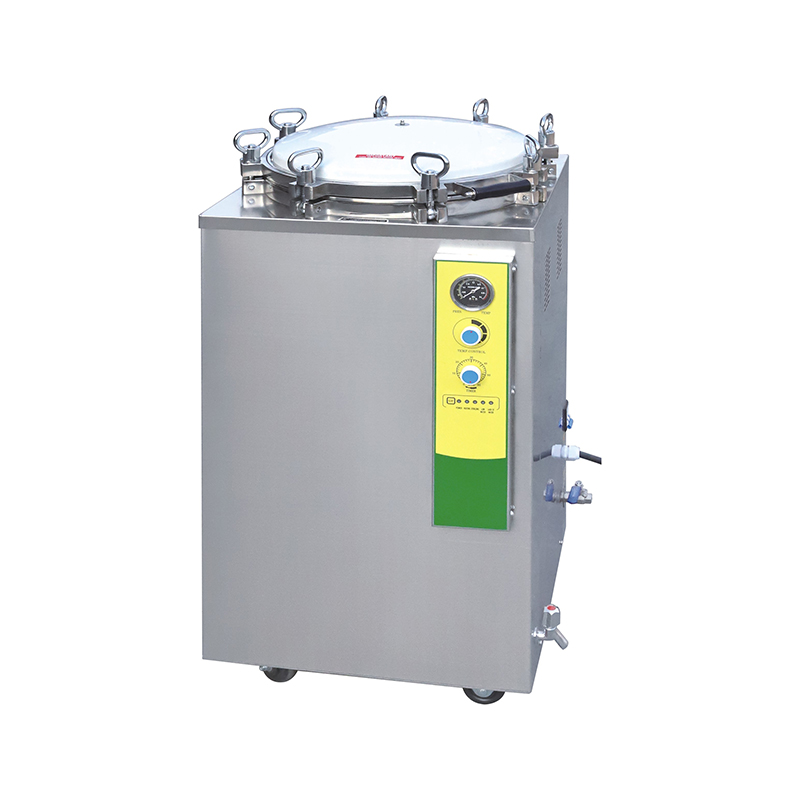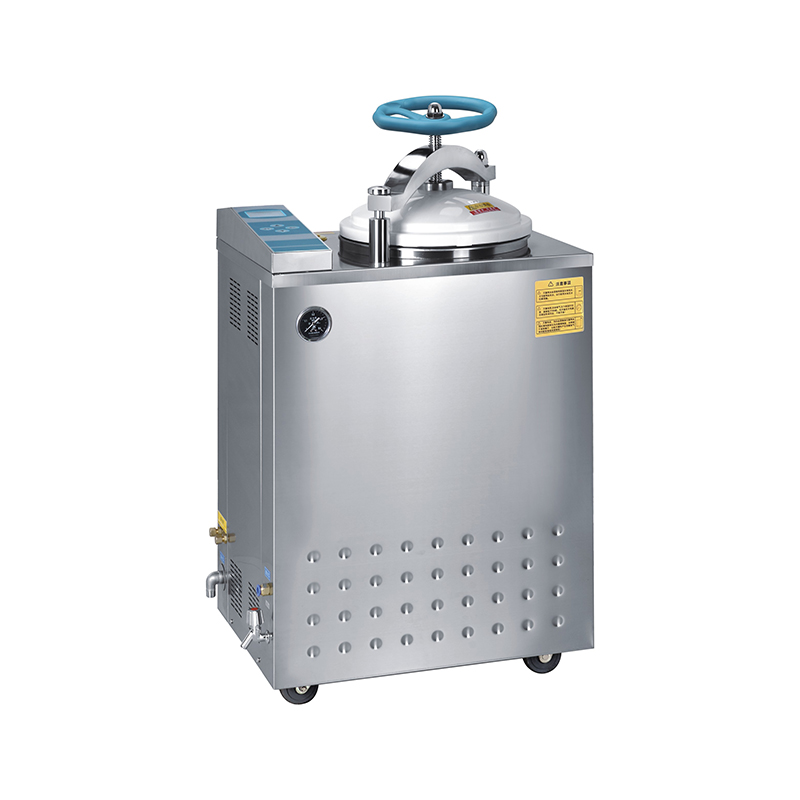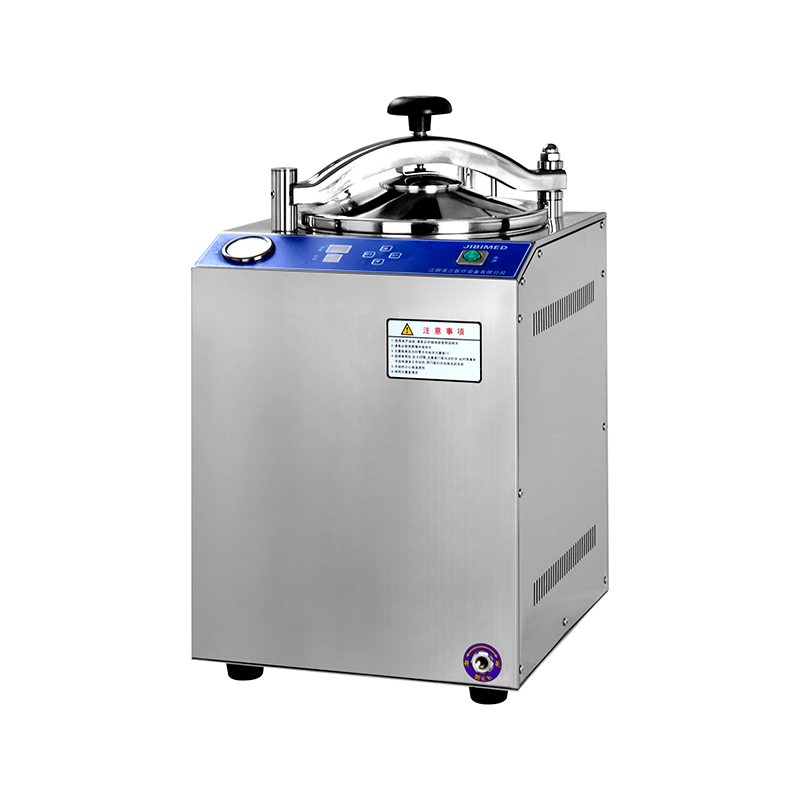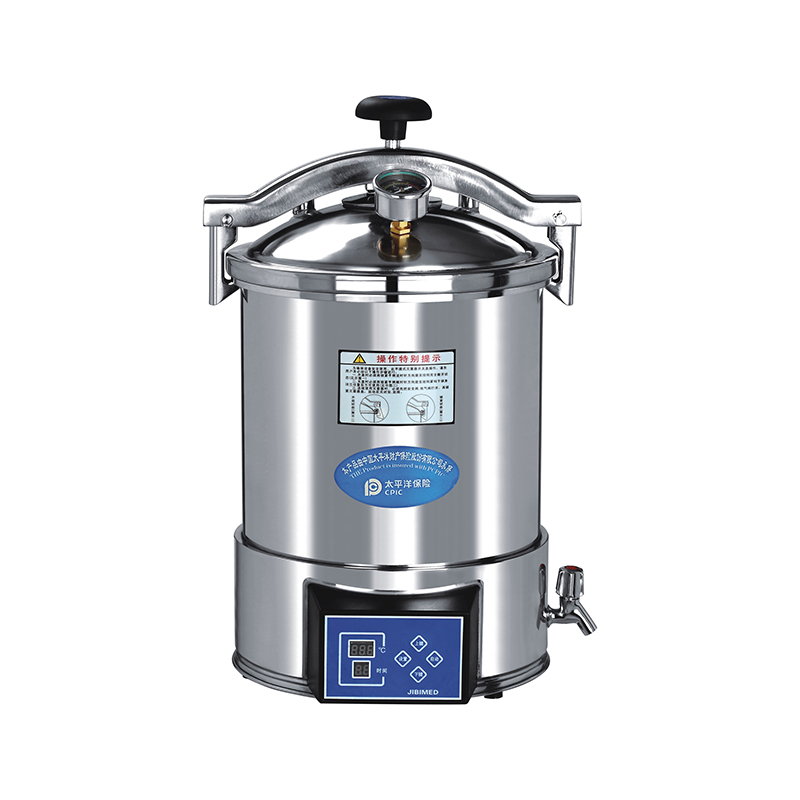Navigating the Future: How the I-MOV511 Sprayer Conquers Tough Terrain
Posted by Admin | 11 Nov
The I-MOV511 Self-propelled Intelligent Air-assisted Sprayer is a marvel of modern technology, designed to tackle the complex challenges of unmanned disinfection and pesticide application. One of the most impressive features of this sprayer is its ability to navigate accurately in challenging terrains or environments where GPS signals might be weak or unreliable. This capability is crucial for operating effectively in high-risk areas like hospitals and airports, or on farms with dense vegetation where traditional navigation methods can falter.
To achieve this level of precision, the I-MOV511 employs a sophisticated navigation system that integrates multiple technologies. It combines satellite navigation, inertial navigation, LiDAR, and advanced camera systems, creating a robust solution that ensures the sprayer can maintain its course regardless of the conditions. In environments with limited GPS availability, such as urban canyons or densely wooded areas, inertial navigation takes center stage. This system uses onboard sensors to track the sprayer's movement based on its last known position, effectively allowing it to calculate its trajectory and orientation even when external signals are compromised.
LiDAR technology plays a pivotal role in enhancing navigation accuracy. By emitting laser beams and measuring the time it takes for them to return after hitting an object, LiDAR creates a detailed three-dimensional map of the surroundings. This mapping capability allows the sprayer to detect obstacles in real time, making split-second decisions to avoid collisions. As it maneuvers through challenging environments, the sprayer can adjust its path dynamically, ensuring that it remains on track while executing its tasks efficiently.
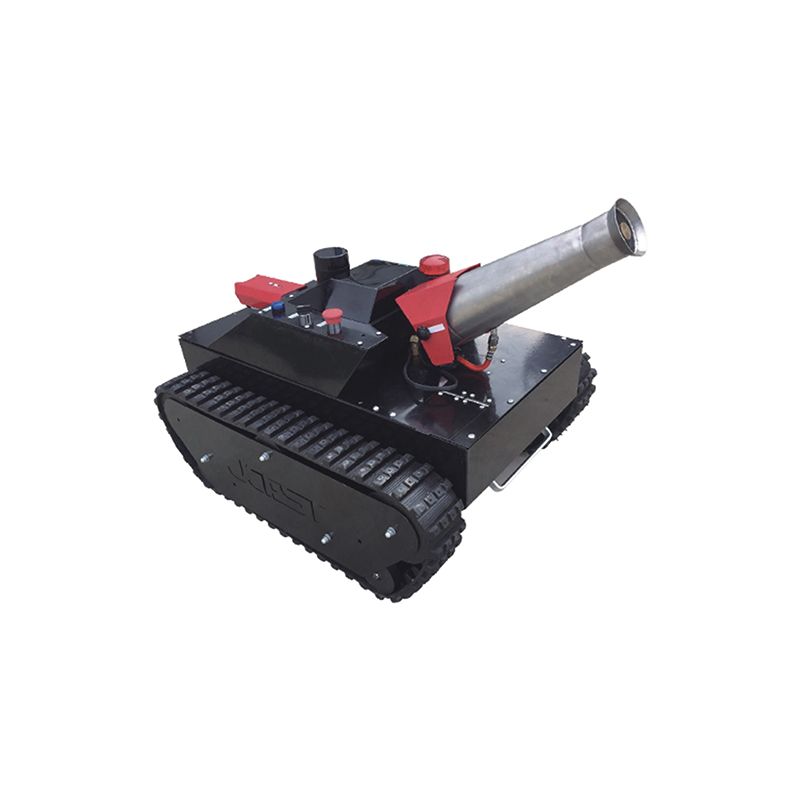
The integration of advanced cameras further enhances the sprayer's situational awareness. These cameras not only aid in obstacle detection but also facilitate the identification of specific targets, whether it be areas needing disinfection or sections of a field that require pesticide application. By analyzing visual data, the sprayer can optimize its spraying patterns, ensuring maximum coverage with minimal waste. This intelligent combination of navigation technologies allows the I-MOV511 to thrive in scenarios where traditional GPS-based systems might struggle.
Furthermore, the operator can monitor and interact with the sprayer via a mobile app, providing an additional layer of control. This interface allows for real-time adjustments and route planning, which is especially useful in unpredictable environments. With 4G connectivity, operators can execute commands from a distance, monitor the sprayer’s progress, and even upload new tasks seamlessly. This level of remote management not only enhances operational efficiency but also ensures that the sprayer can adapt quickly to changing circumstances on the ground.
The I-MOV511 Self-propelled Intelligent Air-assisted Sprayer exemplifies the future of agricultural and disinfection technology. Its multifaceted navigation system, powered by inertial navigation, LiDAR, and advanced imaging, enables it to conquer the challenges posed by difficult terrains and limited GPS signals. By integrating these technologies, the sprayer not only enhances operational efficiency but also sets a new standard for automated systems in high-stakes environments, ensuring safety and effectiveness in every application.


 English
English русский
русский Français
Français Español
Español bahasa Indonesia
bahasa Indonesia Deutsch
Deutsch عربى
عربى 中文简体
中文简体
